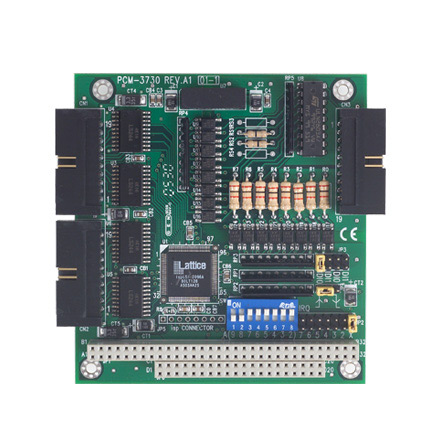

The Aesthetic and Functional Appeal of Bronze Low Emissivity Glass
In the realm of modern architecture and design, the materials we choose play an integral role not only in the appearance of a structure but also in its energy efficiency. One such innovative material that has gained popularity is bronze low emissivity (low-e) glass. This specialized type of glass offers a harmonious blend of aesthetic charm and practical benefits, making it a favored choice for both residential and commercial buildings.
Bronze low-e glass is characterized by its unique tint and coating, which allow it to retain a sophisticated bronze hue while providing enhanced thermal performance. The low-emissivity coating is a microscopically thin metallic layer that reflects infrared energy. This means that the glass effectively reflects heat back into a building during the winter and deflects it during the summer, helping to regulate indoor temperatures. This characteristic is especially beneficial in climates with extreme temperature variations, as it can significantly reduce heating and cooling costs.
The Aesthetic and Functional Appeal of Bronze Low Emissivity Glass
Another advantage of bronze low-e glass is its ability to reduce glare and protect interior furnishings from UV damage. This is particularly important in spaces that experience high levels of sunlight, such as offices, homes with large windows, or even retail establishments. By minimizing glare, occupants can enjoy a more comfortable environment, and products, artworks, and furniture are preserved for longer periods.

Moreover, environmental sustainability is a growing concern in today's construction practices, and bronze low-e glass fits seamlessly into this narrative. Its energy-efficient properties contribute to lower carbon footprints, making buildings more eco-friendly. As more individuals and organizations prioritize green building practices, opting for materials like bronze low-e glass becomes a wise decision from both an ethical and economic standpoint.
Installation of bronze low-e glass also presents advantages. Many manufacturers offer it in various thicknesses and sizes, ensuring compatibility with numerous framing systems. Furthermore, the durability of this glass means that it can withstand outdoor elements better than conventional glass, leading to lower maintenance costs over time.
However, it is essential to consider that while the initial investment in bronze low-e glass may be higher than traditional glazing options, the long-term benefits often outweigh the initial costs. Reduced energy bills, lower glare, and less fading of interior spaces contribute to overall savings and satisfaction for the building's occupants.
In conclusion, bronze low emissivity glass is a remarkable material that harmonizes beauty with efficiency. Its ability to enhance the appearance of structures while providing substantial energy savings makes it an excellent choice for modern architects and builders. As the demand for sustainable and aesthetically pleasing building materials continues to rise, bronze low-e glass stands out as a leading option, providing timeless elegance and cutting-edge functionality for years to come. Whether for a sleek office building or a cozy home, incorporating this innovative glass will undoubtedly elevate the design and performance of any architectural project.